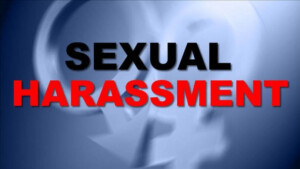 In the last month, the issue of sexual harassment in the workplace has been brought to the spotlight with multiple allegations of sexual harassment and assault against U.S. film producer Harvey Weinstein. A number of women and men have used this opportunity to recount their experiences of workplace harassment.
In the last month, the issue of sexual harassment in the workplace has been brought to the spotlight with multiple allegations of sexual harassment and assault against U.S. film producer Harvey Weinstein. A number of women and men have used this opportunity to recount their experiences of workplace harassment.
Employers are urged to enforce their anti-harassment policies. Employees must understand what sexual harassment is and recognize the standard of behavior expected in order to prevent it from happening. It is therefore crucial for employers to conduct workplace training on sexual harassment to ensure a safe workplace.
What is sexual harassment?
The U.S. Equal Employment Opportunity Commission defines sexual harassment as “unwelcome sexual advances, requests for sexual favors, and other verbal or physical conduct of a sexual nature [that] explicitly or implicitly affects an individual’s employment, unreasonably interferes with an individual’s work performance, or creates an intimidating, hostile, or offensive work environment.” Some examples may include:
- unwanted physical conduct including touching and impending or blocking movements,
- offering employment or employment benefits in exchange for sexual conduct, or
- suggestive or obscene letters, notes, or invitations.
Employers are encouraged to take the following steps to prevent sexual harassment from occurring.
- Implement and communicate a sexual harassment policy.
- Display CPC’s Sexual Harassment is Illegal Poster in the workplace.
- Take all complaints seriously.
- Investigate each complaint or take other steps necessary to determine whether or not harassment has occurred.
- Take appropriate disciplinary actions.
If an employer fails to take such preventative measures, the employer may be held liable for the harassment. Act now!

